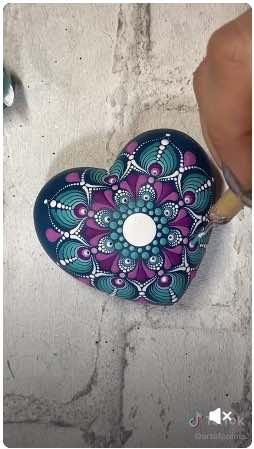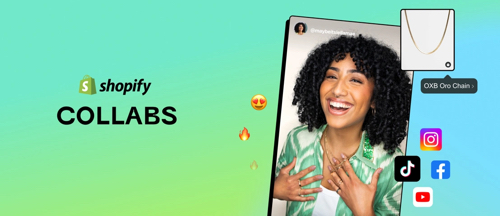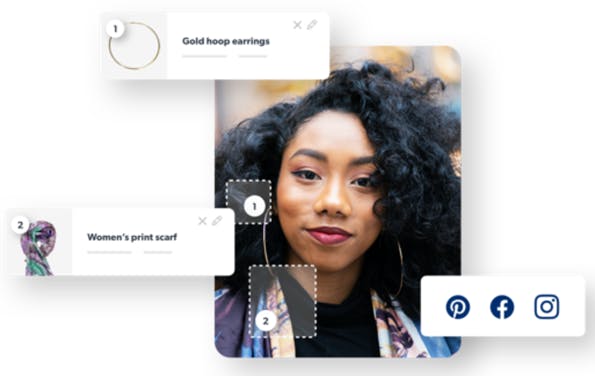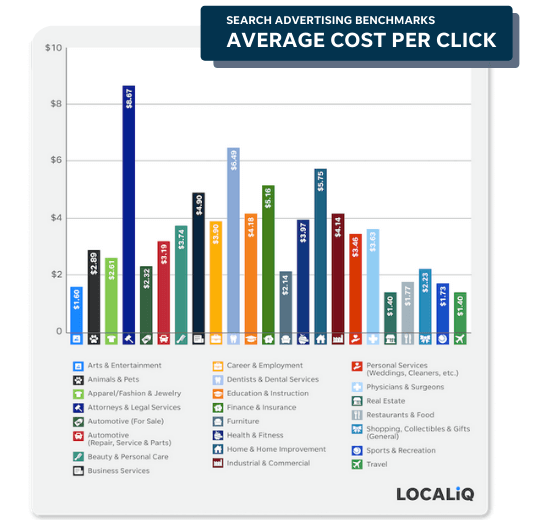
With digital acceleration happening across many channels, D2C is an option that should be explored, depending on your brand wants and needs.
Underpinning all of this, you need to ensure your operating model is set up to support your D2C model. It is imperative that you drive connected expertise across a range of competencies: from UX designers, to community managers, to demand forecasters, it’s key you have the right people, in the right roles, to work together and deliver against a 360 view of the customer.
For example, managing a D2C site often requires more branded content in a variety of formats, such as tutorial videos and eye-catching GIF’s, especially in the beauty world where content is key. Therefore, it’s important to consider content management tools such as a PIM (Product Information Management) and a DAM (Digital Asset Management) to manage this seamlessly.
In a highly competitive market, do you have what it takes to compete against not only other brands but also your retail partners? Urban Decay is a great example of a beauty brand who has the traditional retailer/ e-retailer partnerships but is successful with its own D2C site through innovative tools such as virtual try-ons, live chat and virtual 1:1 consultations with experts!
Is it as easy as ‘ditching the retailer’, and setting up your own website?
It comes as no surprise that the pandemic has put increasing pressure on brands to find new ways to both engage with and sell to their consumers. Amidst accelerating e-retail partnerships, brands have been forced to think about D2C as a channel, and with good reason.
However, selling directly to consumers is not easy. Arguably, the biggest challenge is having an agile and responsive infrastructure in place to fulfil the end-to-end journey – setting up and managing an integrated inventory, packaging, delivery, digital merchandising and consumer support network is no small feat. There are high cost implications to consider, which could be passed on to your consumer through, for example, high shipping fees, making it more attractive for them to purchase from a retailer instead. You will also need to tackle brand awareness yourself and drive traffic to your owned site, without piggy backing off your retailer’s technology, database or market position.
Is a D2C model right for your beauty brand? Karishma Joshi and Chloe Buckland of Capgemini Invent examine the challenges and opportunities in the market, taking in tech, brand, retailer strategy, content and data.
How do you know if D2C is right for your beauty brand?
In addition to your content, you need to leverage all off the valuable data you have captured. It is important to have the right infrastructure that can store and digest the data, such as DMPs (Data Management Platform’s) for your anonymous data e.g. cookies, and CDPs (Customer Data Platforms) for your ‘personally identifiable’ data e.g. names and addresses. Through self-learning capabilities this data can then be turned into recommendable, and actionable consumer insights. This process can help drive more 1-1 personalised brand experiences, where the right content is shared at the right time, to the right person through the right channels.
Embodying your brand values
The traditional in-store experience for beauty brands has seen some dramatic changes over the last year, and as we adapt to the ‘new normal’ the D2C model is more relevant than ever. This model has revolutionised the traditional interaction with beauty brands, empowering them to have stronger control across the end-to-end customer experience. Without the restrictions of traditional retailer marketing strategies; brands are able to own the customer relationship and directly engage with them in relevant ways. And of course, this unlocks the ability to capture rich first-party data which can help beauty brands to create sought-after product launches, events, content and loyalty or subscription models.
Existing retailer/ e-retailer partnerships
Glossier does a great job of turning consumer data into product innovation – they leverage their owned D2C site, as well as their blog ‘Into The Gloss’ to find out what their consumers really want to see from them, and then develop products with this in mind, converting blog readers into customers, and vice-versa.
D2C luxury brand Beauty Pie is changing the game with its successful members only, subscription service which has received rave reviews from customers. Members receive access to a wide range of luxury cosmetics and are offered straight-from-the-supplier rates, which removes the price mark-ups we tend to see with luxury brands. Global Head of Marketing, Sophie Jenkins tells Marketing Week, ”the distinct advantage of being a direct-to-consumer brand is owning first-party consumer data which is much harder to come by if you sell via a retailer”. With a strong online community, founder Marcia Kilgore says direct consumer feedback is the most important data to capture, so they ‘call out for feedback on new launches, as well as sounding out the demand for new innovations from her dedicated #PIEFAM’. With access to such rich insight, it’s no surprise Beauty Pie boasts a number of sell-out product launches.
Data is king
To deliver an impressive front-end user experience, it’s important you have the back-end capabilities in place to support it. By identifying the end to end experience you want to deliver, you can start to map the capabilities needed to achieve this.
There are some clear pros and cons of launching a D2C business model, but how do you decide if this model is right for your beauty brand?
What D2C capabilities do you need to deliver a best-in-class consumer experience in beauty?
Well, around 44% of D2C shoppers believe they can purchase higher quality products, at lower prices than via retailer. When we consider that pre-pandemic, around 85% of beauty purchases were made in-store, it forces us to think post-pandemic: is the hyper personalised in-store experience still as prevalent in the beauty world? With the beauty industry currently valued at 2 billion, it’s worth moving in tandem with your consumers.
Content
With all of this in mind, is a D2C model right for your beauty brand? It really depends on your brand positioning and objectives. If you want to generate first-person data, have greater control of your pricing, and own the end-to-end consumer experience, then it could be a great option – albeit assuming you have the investment to do so. If your main objective is to drive mass awareness with low costs, you’re probably better leaning on the huge array of beauty retailers out there.
Data
The latest Direct-to-Consumer Purchase Intent Index published by Diffusion PR tells us that 43% of American consumers are familiar with a D2C brand, and 69% of those have made at least one purchase from them in the last year. Within this, wellness & beauty is one of the largest categories for consideration in D2C, at 29%. But why might there be so much burgeoning consideration?
First of all, take a look at your brand values. For beauty brands with a strong purpose and brand identity, it’s important to embody your values across all customer touchpoints to ensure you maintain a positive and conscientious brand perception within the market. In the experience economy we live in today, every interaction between brand and customer counts. With retailers, brand messaging and values are often diluted, therefore, it is sometimes beneficial to cut out the ‘middle-man’.
Operating model
Cult-favourite Glossier, started off as an online community of beauty fanatics but became a billion dollar beauty brand in just five years. In a press release announcing it had raised 0 million funding, CEO Emily Weiss attributes their ‘endless inspiration for new products, experience and ways of building an enduring business’ to their direct relationship with customers and the first hand feedback they receive.
When your beauty brand has existing retailer/ e-retailer partnerships, it is critical to understand whether you have the resources to build capabilities which can compete. Established retail partners such as Boots, Sephora etc. will often have mature e-commerce capabilities and the budget to integrate innovative technologies such as virtual try-ons, virtual chats with experts, augmented reality or even tools that virtually analyse your face and recommend personalised skin care products.

![What is Contextual Targeting [And How Does It Work in a Post-Privacy World?]](https://research-institute.org/wp-content/uploads/2021/04/what-to-know-before-you-sell-your-small-business-768x432.png)




